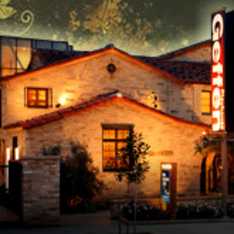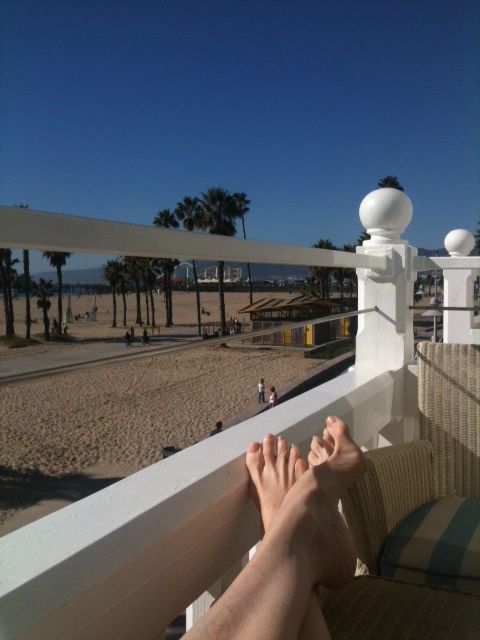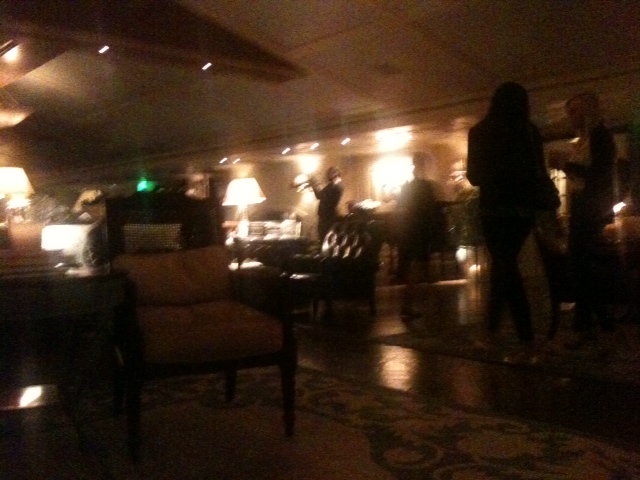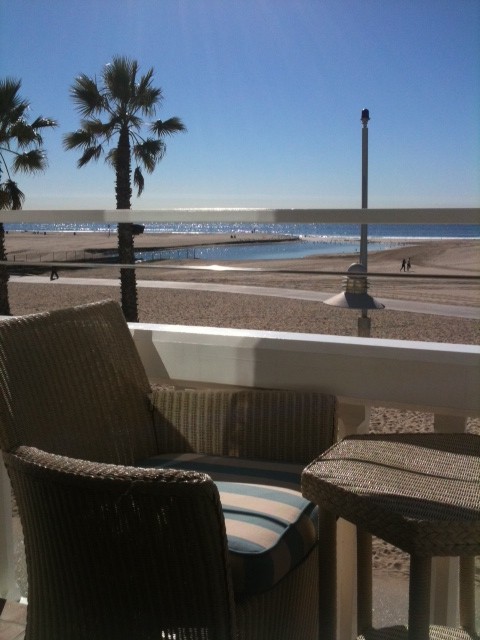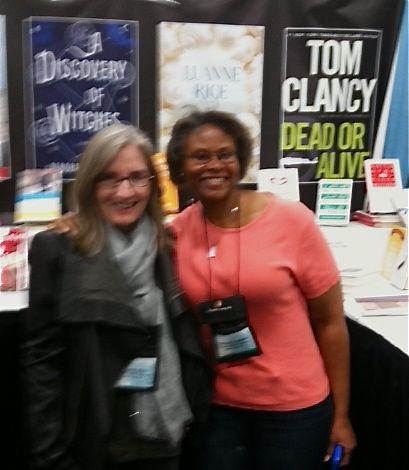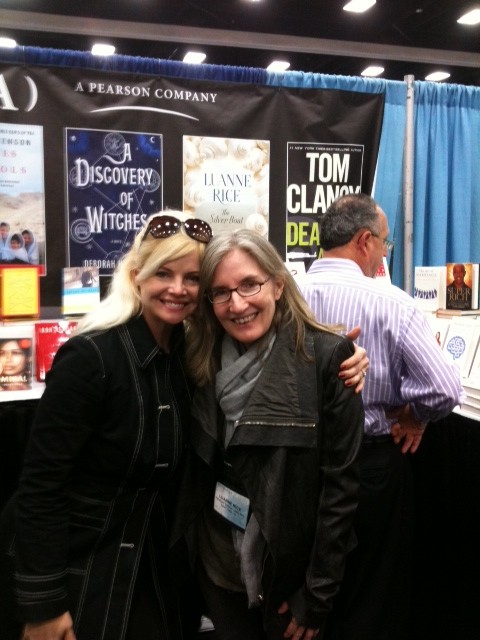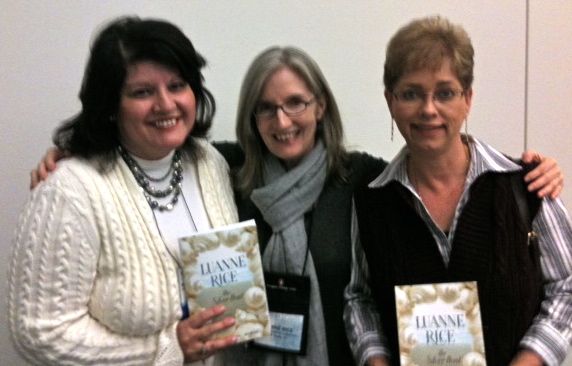(Photograph by Peter Turnley, Café Ma Bourgogne, Place des Vosges, Paris, 1982)
Lydie McBride occupied a café table in the Jardin du Palais Royale and thought how fine it was to be an American woman in Paris at the end of the twentieth century.
That is the first line of Secrets of Paris, a novel I wrote when I was, well, an American woman in Paris at the end of the twentieth century. The novel was first published by Viking in 1991 and will appear again on January 25.
 (New trade paperback)
(New trade paperback)
 (The original hardcover jacket.)
(The original hardcover jacket.)
My time in Paris was romantic, literary, adventurous, tragic, and haunting. I wrote in a garret, the maid's room on the top floor of a Belle Epoque apartment house. Every day I walked from the Pont de l'Alma to the Ile St. Louis, and back.
My walk took me past the Louvre, which I visited often.
I began to imagine setting a section of my novel in the museum's storerooms, where treasures hide, ghosts live, and a madwoman roams. I was inspired by the letters of Madame de Sévigné (February 5, 1626 – April 17, 1696) Mainly I drew on my own expatriate life--being in Paris with a man I loved, wanting to live in the city forever, yet missing home so much.
Most of Madame de Sévigné's letters were written to her daughter, and their connection touched me deeply. My mother had gotten ill while I lived on Rue Chambiges. Being so far from her, especially during that time, was very hard.
We wrote each other countless letters, and then she came to Paris to have chemotherapy at the American Hospital in Neuilly. Rock Hudson, dying of AIDS, was a patient at the same time. We passed Elizabeth Taylor in the hall. The intensity of everyone's sorrow...our family's, theirs.
Gelsey, my mother's Scottish Terrier, came to live with us. She traveled in cars, on the Metro, the TVG, Air France, and trans-Atlantic on the Queen Elizabeth II. When I would walk Gelsey in my neighborhood--she adorable, me writer-disheveled in jeans and a bomber jacket--fashionable women shopping at Dior and Givenchy would coo and pet her while I gladly remained invisible.
I met a Filipino woman, "Kelly," working as a maid in the Eighth Arrondissement, whose great dream was to reunite with her sister living in the United States, and open a fish market together. She had been smuggled into France from Germany by a Filipino driver of exiled Ferdinand and Imelda Marcos. The driver had many duties, including a weekly visit to the design house of Nina Ricci on Avenue Montaigne, to purchase hundreds of hand-embroidered white linen handkerchiefs which the Marcoses would use instead of tissues, at a time when millions in the Philippines suffered in poverty.
These are a few of the stories that lived with me in Paris. The city's beauty hides secrets.
While living there my novel Angels All Over Town came out in the States. One day i received a call from a man saying he was a Newsweek photographer and had been assigned to take my picture for the magazine--an article about first novelists. I thought it was my friend Joe Monniger, a fellow writer living in Vienna, playing a joke on me (he would,) but the photographer gave me a number and told me to call back, and the operator answered, "Newsweek" and put me through.
Thus I met Peter Turnley, amazing, talented, award-winning, war correspondent, artist, photographer. We spent the day touring Paris, Peter photographing me on the Champs-Élysées, at Invalides, on the Pont d'Alexandre III, on the Champs de Mars beneath the Eiffel Tower, on the banks of the Seine.
We had coffee at storied and literary Fouquet's and he told me of covering world conflicts, dodging fire, seeing war upfront. I wondered how he'd gotten stuck taking pictures of a first novelist. His last shot of the day--using up film--was black and white, on my balcony. I'm squinting into the day's last light, thinking about Paris and war and Peter dodging bullets. That's the picture (shown here) the photo editor chose.

The photo shoot made it into my novel Crazy in Love. In the movie, the photographer is played by Julian Sands.
Over the years I have viewed Peter's work with admiration. His Wikipedia entry begins: Peter Turnley is a photojournalist known for documenting the human condition and current events. Over the past two decades, he has traveled to eighty-five countries and covered nearly every major news event of international significance. His photographs have been featured on the cover of Newsweek more than forty times. A renowned street photographer who's lived in and photographed Paris since 1978, Turnley is one of the preeminent photographers of the daily life in Paris of his generation.
That is Peter, exactly. How lucky I was to be photographed by him, and to become his friend. His images capture for me the essence of Paris then and now.
On Facebook my team often holds giveaways. This one will stand out from all others. We'll be offering signed copies of Secrets of Paris, but also a print, for one single reader, of one of my favorite of Peter's photographs (Peter Turnley, Paris, 1991):

The black and white photograph is traditional collector museum quality archival prints on fiber paper. Each print is signed on the front and back by Peter Turnley, and signed on the back by Voja Mitrovic, world renowned master printer who has been a long time printer for Henri Cartier-Bresson, Josef Koudelka, Rene Burri, Peter Turnley, and many others.
If you wish to be eligible to win a copy of the novel as well as the photograph, please just click this link to Facebook and "like" the page. Among other things, we have a wonderful, supportive group.
I'll sign off with this quote. It's from a letter by Madame de Sévigné and appears on page one of Secrets of Paris:
What I am about to communicate to you is the most astonishing thing, the most surprising, most triumphant, most baffling, most unheard of, most singular, most unbelievable, most unforeseen, biggest, tiniest, rarest, commonest, the most talked about, the most secret up to this day, the most enviable, a fact a thing of which only one example can be found in past ages, and moreover, that example is a false one; a thing nobody can believe in Paris (how could anyone believe it in Lyons?). ~From Madame de Sévigné, December 1672
 Mike O'Gorman, my friend and video director, shot footage on the beach and by a fireplace with white tiles of dolphins,
Mike O'Gorman, my friend and video director, shot footage on the beach and by a fireplace with white tiles of dolphins, sea horses, starfish.
sea horses, starfish. 



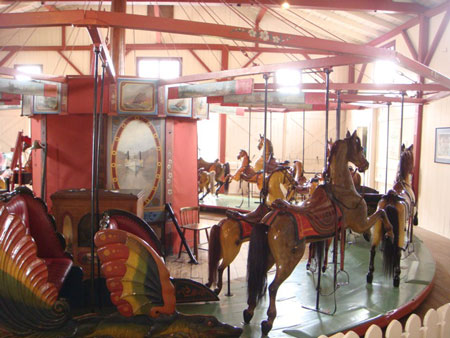


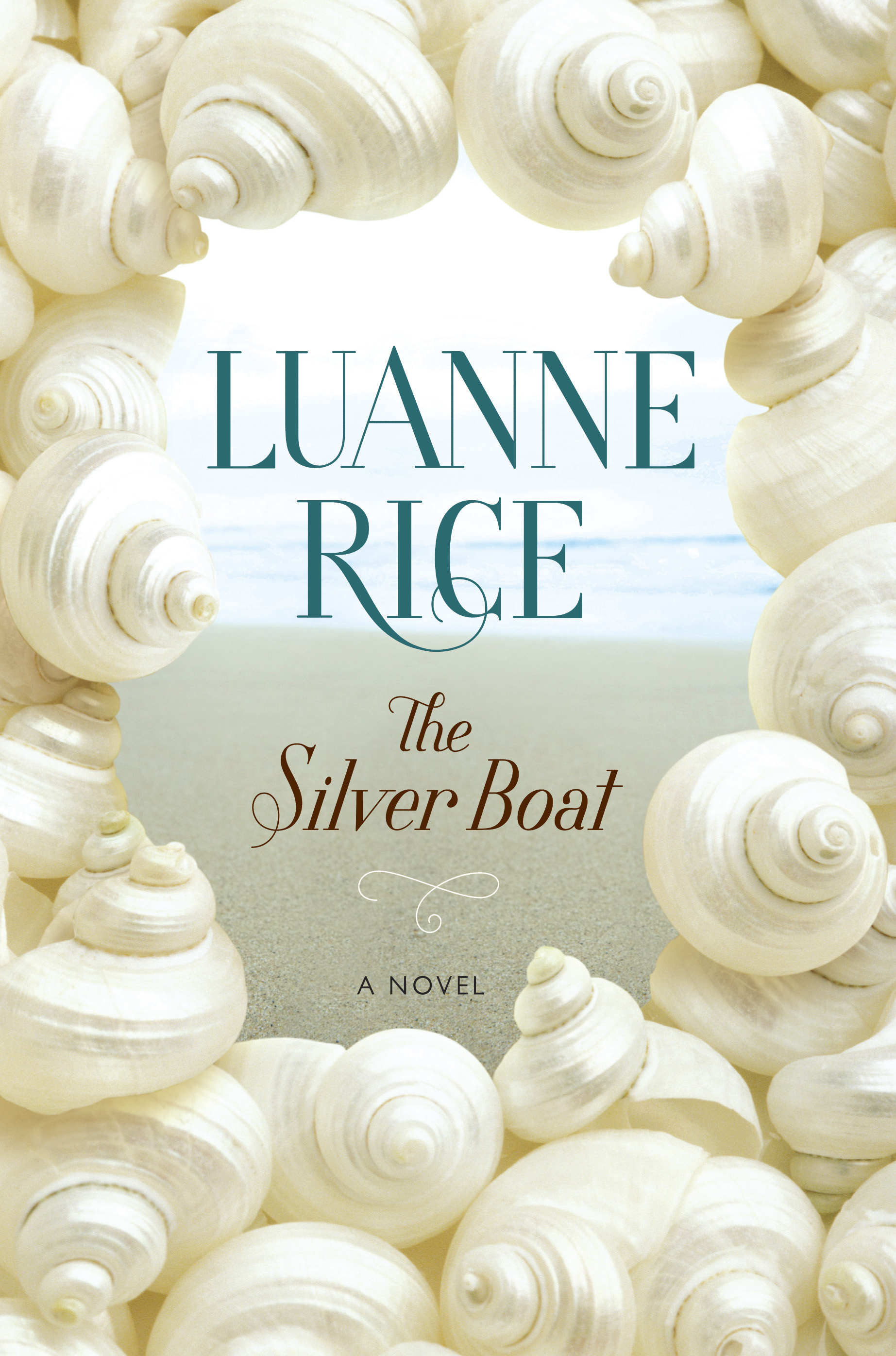















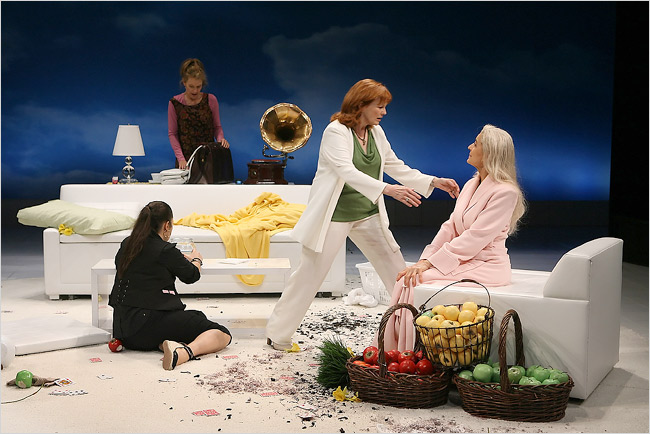




 I've met and worked with many of my fellow writers during workshops in New York. We are: Leslie Ayvazian, David Cale, Jessica Goldberg, Beth Henley, Lameece Issaq, Lisa Loomer, Michele Lowe, Marco Pennette, Lisa Ramirez, Theresa Rebeck, Luanne Rice, Annie Weisman and Cheryl L. West. I revere these playwrights, have attended so many of their plays. We have true treasures, theater icons, writers of heart and soul among us. To be part of their company is humbling.
I've met and worked with many of my fellow writers during workshops in New York. We are: Leslie Ayvazian, David Cale, Jessica Goldberg, Beth Henley, Lameece Issaq, Lisa Loomer, Michele Lowe, Marco Pennette, Lisa Ramirez, Theresa Rebeck, Luanne Rice, Annie Weisman and Cheryl L. West. I revere these playwrights, have attended so many of their plays. We have true treasures, theater icons, writers of heart and soul among us. To be part of their company is humbling.
